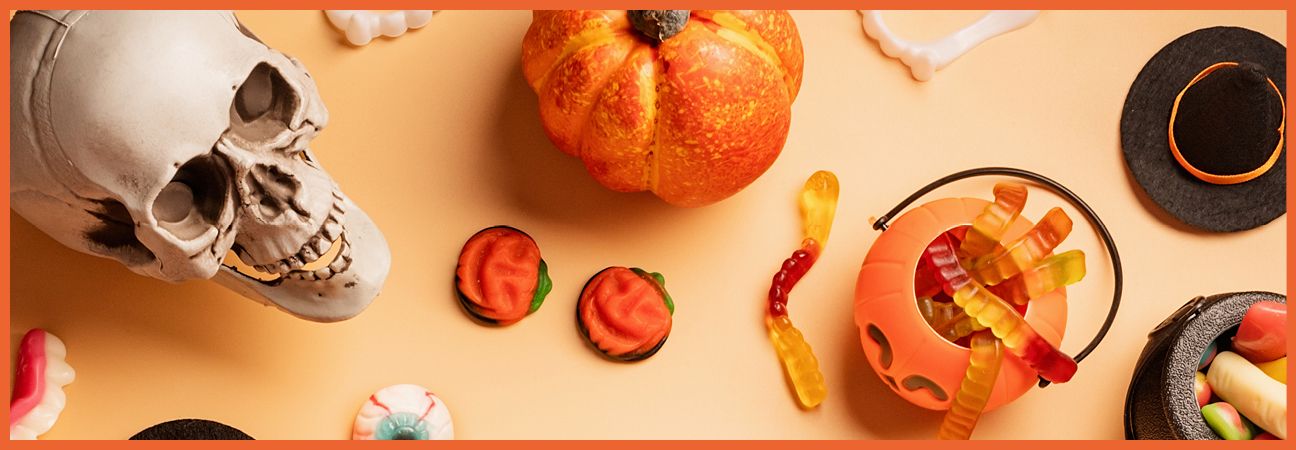How to do Halloween … Hill Street style
Did you know that Halloween has Christian, as well as Celtic and Roman origins, which can be traced back about 2000 years? And how do you let your neighbours know you welcome a knock on the door for a trick-or-treat?
Halloween, which falls on Tuesday 31 October, is a phenomenon which has gained traction in recent years in Australia. While the associations with the occult aren’t welcomed by all, Halloween has become an opportunity in Australia for communities to have fun, dress up in costumes and meet their neighbours – something that doesn’t happen so much in today’s busy society.
Origins
Halloween has its origins in the ancient Celtic festival of Samhain, which was held on their New Year, 1 November. Celts lived about 2000 years ago in areas now known as Ireland, the United Kingdom and northern France. This day marked the end of the summer harvest and the turning of the seasons. On the eve of Samhain, the Celts believed the boundaries between the living and the dead became blurred and the dead returned to the earth to walk as ghosts, causing trouble and damaging crops. It was also a night that Druid priests would make predictions for the coming year and people gathered around bonfires where offerings were made to appease the spirits in hope of a successful year ahead. Once the Romans conquered the majority of Celtic lands in 43AD, the Roman festival of Feralia, which commemorated the passing of the dead, was combined with Samhain. As Christianity spread into Celtic lands, the feast of All Martyrs Day was also blended with the traditional Celtic festival and in AD 1000 the church made November 2 All Souls Day, a day to honour the dead. This was celebrated in a similar way to Samhain, with bonfires, as well as the practice of dressing up as saints, angels and devils. The festival was called All-Hallowsmas, and the night before, All-Hallows Eve, which eventually became Halloween. Halloween was brought to America in the mid 19th century with the millions of Irish immigrants escaping from the potato famine. In the first half of the 20th century, they revived the tradition of dressing up as saints and singing songs door-to-door in return for “soul cakes”, a type of biscuit. This evolved into the tradition of trick-or-treating.
Today, Halloween celebrations have spread around the world with countries including Canada and Australia joining in the spooky celebrations. In Mexico, Latin America, and Spain, Día de los Muertos (the Day of the Dead) is commemorated with a three-day celebration that starts on October 31.
Decorate your door
If you would like to participate, decorating your front door in a Halloween theme has become a way to signal to your neighbours that you welcome a trick-or-treat knock at the door. A paper garland of cut-out bats, black cats, pumpkins or ghosts is an easy way to do this. If you feel more creative you can carve a traditional jack-o-lantern and leave it at your front door with a candle or light inside, or create a festive wreath decorated with a spooky theme which you can swap out for Christmas baubles once it’s time to put up Christmas decorations.
Be prepared!
If you are taking part and have decorated accordingly, be prepared for lots of knocks at your door. Of course, lollies are the treat of choice – and wrapped ones are preferred in this Covid-era. At Hill Street we have a large range of wrapped lollies in bags from the Market Grocer – including a Trick-or-Treat mix, and all the traditional favourites like fizzers, love hearts, fruit chews and rainbow lollipops.
And if you are hosting a Halloween party, here are some cute, healthy treats to make from Hill Street’s recipe collection. https://hillstreetgrocer.com/featured-content/articles/healthier-halloween-treats-spooky-season


